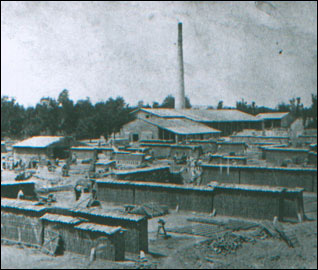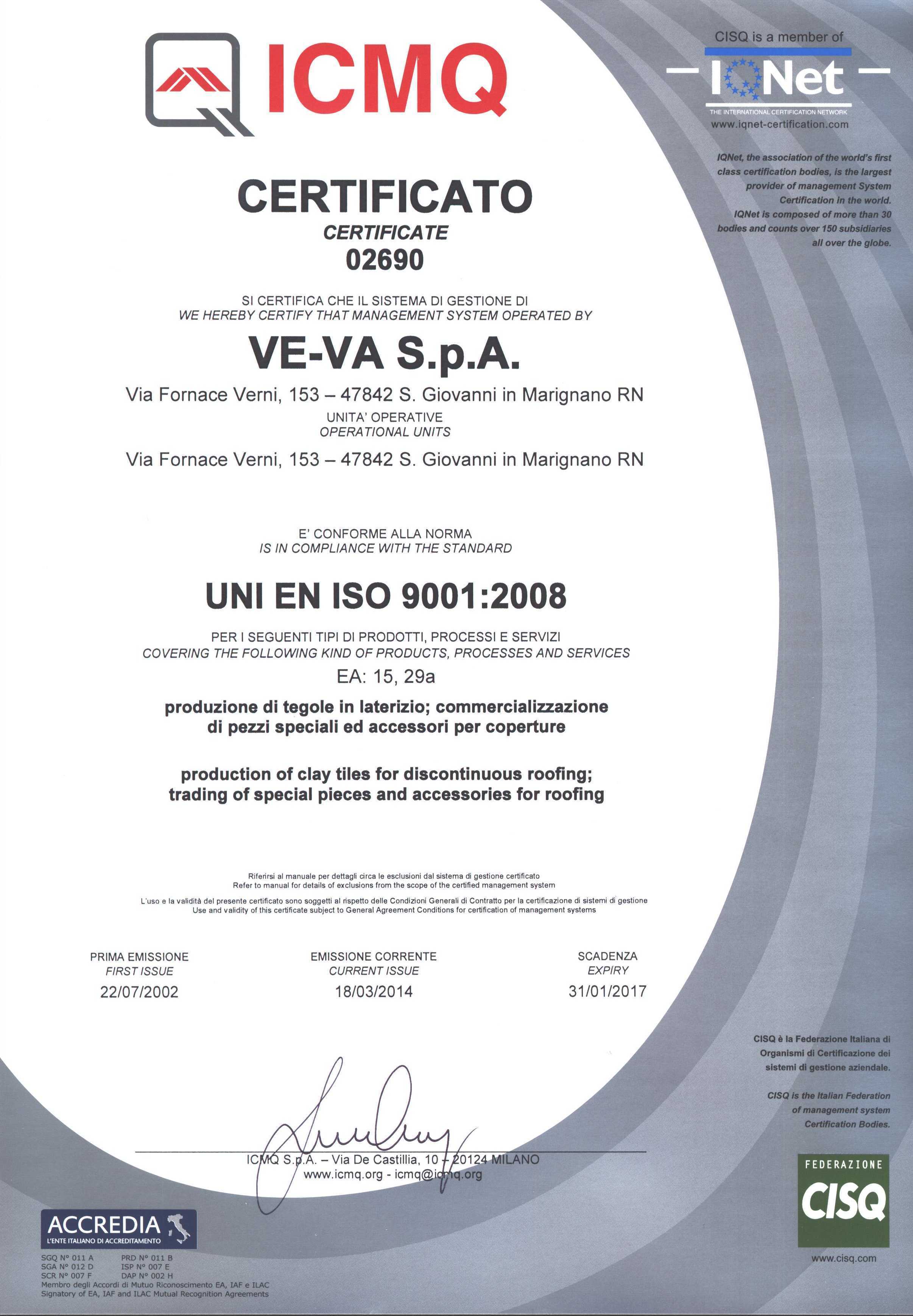About Us
VE-VA’s brickworks history began long ago in the early 1800’s. At the time “brickworks” were usually migrant workers who would travel to construction site and build bricks on the premises with few means there available. The bricks were made from clay and water pug mixed with iron rods and poured into small wooden frame to shape and dry them.

Once dry, these bricks were used to build the fireplaces, furnaces and chimneys needed for firing. The advent of the Ancona-Bologna railroad caused these wandering workers to settle in one convenient location. By the mid-nineteenth century, a stationary batch oven had been built at San Giovanni in Marignano, in the same area.
There are still traces of the furnace and thus it is possible to see that once it consisted of a square pit with a tunnel halfway to fill and discharge. At the time, production consisted only of bricks and buckets. At the end of the nineteenth century (to be exact in 1885), the first continuous furnace was built according to Hoffmann’s technology, which at that time was considered an avant-garde production. Since then, VE-VA has always been a pioneer in its field, installing the most modern machines that have allowed our production to reach the highest quality standards on the market. In the 1950s, VE-VA produced everything necessary for building construction, including walls, floors, attics and roofs.
The 1970s brought about automation and specialization and in order to ensure excellent quality, it became necessary to focus the company’s efforts on a limited scale of production. So in 1973 a tunnel oven was built and started a new era of mono production for VE-VA and it still distinguishes the company at the present time, until the year 2020 reaches the manufacturing move to Valenza-Milano , where this is considered a qualitative and industrial leap, using U-shaped molds, And robots technologies powered by artificial intelligence.
To reach the quality to the highest quality ever in Italy, and we will not stop the development, but rather we will continue and perpetuate the development, preserving the environment by using the clean energy that we will develop through the use of solar energy on sloping surfaces.
Products for insulation under the roofs of the tiles will be developed to conserve energy and prevent leakage, in addition to accessories and requirements for the roof tiles so that the composite surface will be geometrically and architecturally integrated.
There are two special aspects of our long history worth noting: First, the tradition of our handicraft has been passed down from generation to generation; Second, we have been updating our technology continuously. These two elements always guarantee a product that meets today’s market demands and standards and the result is superior quality.
Indeed, quality is essential for a product that must defy time and adapt to the most varying climatic conditions. After nearly two centuries of experience, VE-VA has developed into a modern and efficient factory that today specializes in producing two types of roof tiles, “Portogesi” and “Marsiglice”, available in glossy red, dark brown and white straw, as well as various versions of “antique” roof tiles “.
Of course, none of this would be possible without the research and application studies made by our Research Laboratory on both raw materials and the final product. For example, specially designed VE-VA Roman roof tiles cover the Malatesta Temple in Rimini, which was rebuilt after WWII, and in the green version,
It provides roofs for a mosque in Jeddah, Saudi Arabia. As you can see, we have a very wide market in Jordan – Oman, Kuwait, UAE and Oman.



